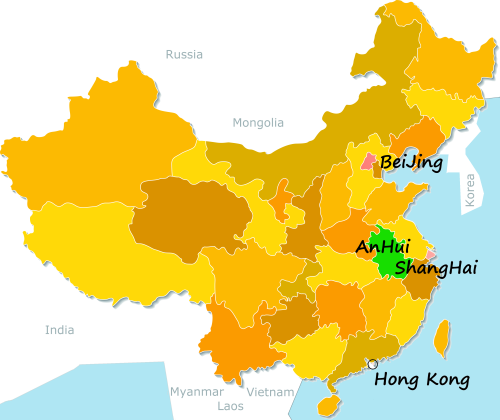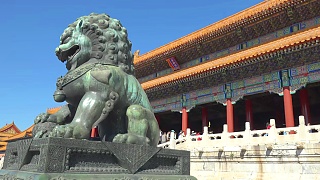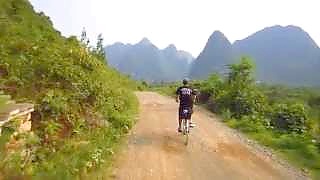
|
Essential Chinese Sauces, Spices and Oils for your kitchen cupboard:
Soy Sauce (酱油, Jiàngyóu): Soy sauce is perhaps the most essential condiment in Chinese cooking. It adds saltiness, depth, and umami flavor to dishes. There are different varieties of soy sauce, including light soy sauce (生抽, Shēngchōu) and dark soy sauce (老抽, Lǎochōu), each with its own flavor profile and usage.
Oyster Sauce (蚝油, Háoyóu): Oyster sauce is a thick, savory sauce made from oyster extracts, soy sauce, sugar, and other seasonings. It has a rich, umami flavor and is commonly used as a seasoning and flavor enhancer in stir-fries, marinades, and dipping sauces.
Sesame Oil (麻油, Máyóu): Sesame oil is a fragrant oil made from toasted sesame seeds. It has a nutty flavor and adds depth and aroma to dishes. Sesame oil is often used as a finishing oil, added at the end of cooking for its distinct flavor. It is commonly used in stir-fries, marinades, dressings, and dipping sauces. Try the toasted version.
Rice Vinegar (米醋, Mǐcù): Rice vinegar is a mild, slightly sweet vinegar made from fermented rice. It adds acidity and brightness to dishes and is commonly used in marinades, dressings, dipping sauces, and pickling.
Chili Bean Paste (豆瓣酱, Dòubànjiàng): Chili bean paste, also known as doubanjiang or Toban Djan, is a spicy and savory paste made from fermented broad beans, chili peppers, and soybeans. It has a complex flavor with a balance of saltiness, sweetness, and heat. Chili bean paste is a key ingredient in Sichuan cuisine and is used in dishes such as Mapo Tofu and Twice-cooked Pork.
Shaoxing Wine (绍兴酒, Shàoxīngjiǔ): Shaoxing wine is a type of Chinese rice wine made from fermented glutinous rice. It adds depth of flavor and aroma to dishes and is commonly used in marinades, braises, and stir-fries. Shaoxing wine is a staple ingredient in Chinese cuisine and is often referred to as the "cooking wine" in Chinese recipes.
Chili Oil (辣椒油, Làjiāoyóu): Chili oil is a spicy and aromatic oil made by infusing hot oil with dried chili peppers and other aromatics. It adds heat and flavor to dishes and is commonly used as a condiment in noodle soups, stir-fries, dumplings, and dipping sauces.
Hoisin Sauce (海鲜酱, Hǎixiānjiàng): Hoisin sauce is a thick, sweet and savory sauce made from soybeans, sugar, vinegar, garlic, and various spices. It has a complex flavor with notes of sweetness, saltiness, and umami. Hoisin sauce is commonly used as a dipping sauce for spring rolls, a glaze for roasted meats, and a flavoring agent in stir-fries and marinades.
Five-Spice Powder (五香粉, Wǔxiāngfěn): Five-spice powder is a blend of ground spices commonly used in Chinese cuisine. It typically includes star anise, cloves, Chinese cinnamon (cassia), Sichuan peppercorns, and fennel seeds. Five-spice powder adds a warm, aromatic flavor to dishes and is often used in marinades, rubs, braises, and stir-fries.
These essential Chinese sauces, spices, and oils add depth, flavor, and complexity to a wide range of Chinese dishes. Experimenting with these ingredients can help you create authentic and delicious Chinese cuisine at home!
We have recipes for Chili Oil and HoiSin Sauce but by all means try those from your Chinese supermarket first.
|

 HuiZhou 惠州 (HuangShan City), AnHui province
HuiZhou 惠州 (HuangShan City), AnHui province






